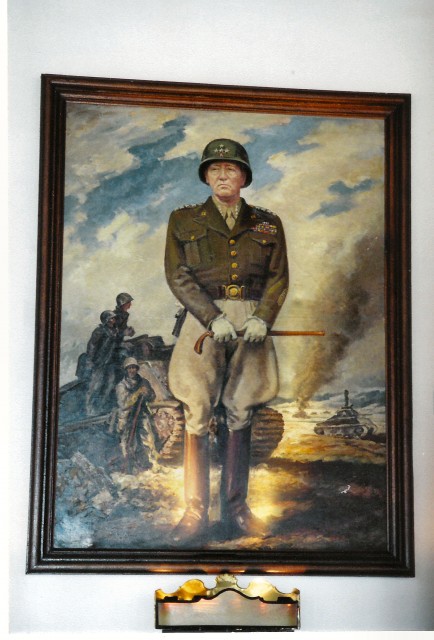
- Lobby Portrait, Patton Hotel
AFRC’S “GEM” IN GARMISCH-PARTENKIRCHEN, GERMANY…NOT FORGOTTEN
By Gordon Duff STAFF WRITER/Senior Editor
I drive past the old building, a former SS barracks, maybe an R & R center during World War II. American soldiers who served in Europe knew it as the Patton Hotel. All that stands today is an empty shell.
Garmisch, about an hour south of Munich (Munchen with an umlaut), was taken over as very much a part of the United States during the Cold War. The Patton Hotel, opened in 1953, was the gem. Ask any GI who stayed there.
Today, a mile away, the Edelweiss, the new Armed Forces Recreation Center, sitting behind the George Marshall Center for, well, I am not sure what they do there, is an impressive place but lacks the heart of the Patton.
My first time at the Patton, I was driving in from Colmar. I had stopped in Bern but decided to head across the north side of Lake Constance, a long run across Switzerland, up into Germany, through Freidreichshafen, the old Zeppelin plant, and stay in Lindau, a resort town on a small peninsula on the lake. Colmar is “good visit,” a delightful blend of Alsace with the best of both France and Germany.
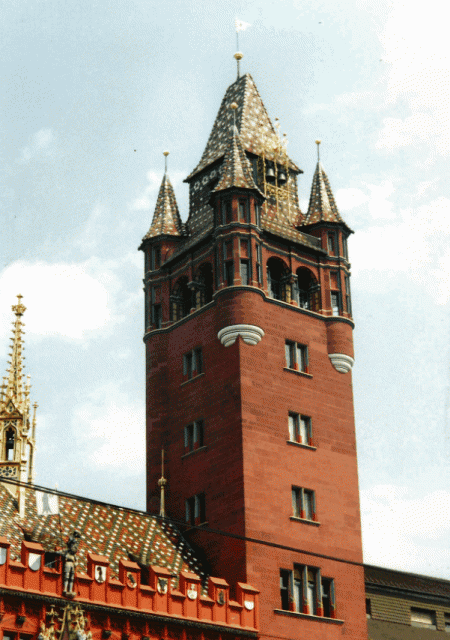
I have lots of photos from Colmar, I suspect I should put them up somewhere. It really isn’t a place you can spend more than a night or two but Alsace, south of Strasbourg is good visit, France with German names on everything, a history lesson that goes back to Charlemagne.
Endless hours later, Bern, then north and at dusk pulled into Lindau. Lindau doesn’t feel right, not to me anyway. Some areas of Europe where Europeans vacation are grim. The towns on the coast north of Barcelona are like that. I am going to let Britain off the hook and just mention the word….Blackpool.
The idea of spending enough Deutschmarks to finance a weekend in Vegas just to stay in a rented room in a place you would want to flee at dawn, as though herds of poisonous spiders the size of basketballs were….anyway, I hope you get my point. This set me off toward Fussen, then down into Austria, through Reutte and into Germany, past Ludwig II’s Linderhof, then Oberammergau (and Unterammergau) and the monastery at Ettal and into Garmisch from the north. During the day, this is one of the world’s greatest drives. Dead tired on a Sunday while driving a 206 Peugeot diesel running out of fuel it is a nightmare. Sputtering into Garmisch, I suspect having a bit of a PTSD moment, seeing the signs “US Forces” was like a ray of sunlight. I weaved my way toward the Bahnhof and then right, under the bridge and toward Grainau, really another loop back toward Austria.
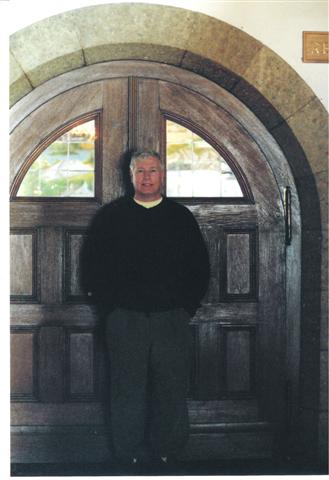
At the light, I could turn left to the American ski lodge or right into town, or “mitte” as they call it and left, past the bowling alley and dart in at the sign “Patton Hotel.”
I had to dig out an ID card to get past the Pond Security guards, park and get past more guards at the door. Lots of cute little machine guns everywhere. Inside, at the desk, retired Brit military, “Yes, we can put you up and the dining room is still open.” I was totally “Europed out,” a term on Americans know, when you have passed the 20th consecutive closed gas station and your wife is noticing that you are in a “restroom free” environment. With a good nights sleep, the idea of $6 buck gas (diesel), now more like $8 and staying in unheated attic rooms night after night doesn’t seem all that bad but a month of Spain to the Netherlands to Poland to Hungary, Slovenia, Serbia, Macedonia….
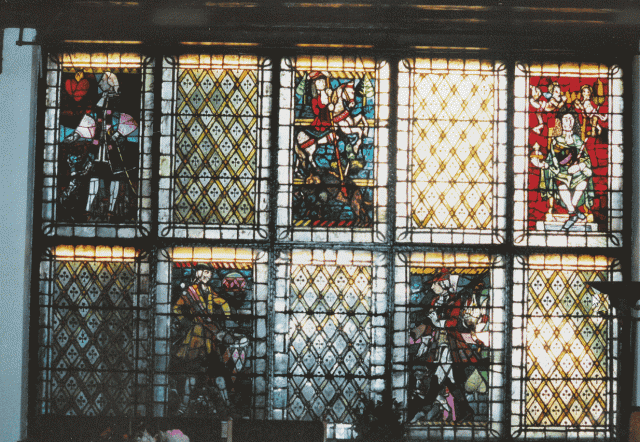
Getting into a room with a real mattress, an old rifle rack designed for two K98 Mausers, something quite cool actually, and a bathroom with huge towels on a heated rack and endless American hot water. Garmisch is an interesting town. Cheney hid out there after 9/11, terrified that evil Muslims could slit his throat. He had a regular table at the Chapeau Claque, a local bistro owned by my good friends Jens and Silvia Sturm. They are relocated now, a smaller place in Grainau, about a mile south of the turnoff to Artillery Kaserene, the BX, Commissary, Class 6 facility across from the Marshall Center.
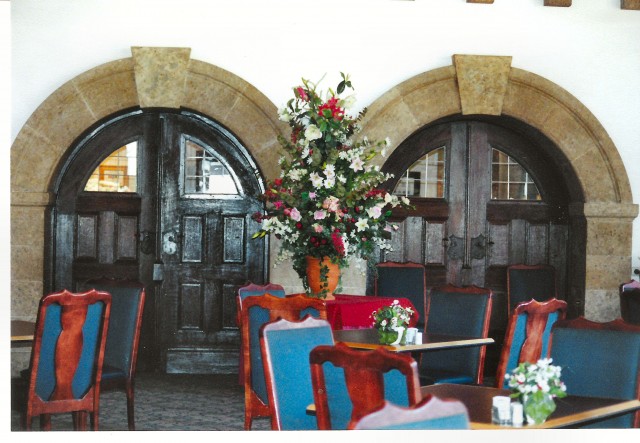
Few know much about Garmsich. There were two tiny towns, Garmisch and Partenkirchen. In 1935, Hitler hosted the Winter Olympics there, with a 2-fer in 72. The town has two sets of Olympic stadiums, ski jumps, a narrow gauge rail system for skiers and tons of shopping and restaurants. In 1935 it was nothing. You can see the buildings that were put in, the GESTAPO headquarters, lots of delightful Nazi public buildings, very Gothic.

The two towns have war memorials in town, lists of names from the Napoleonic wars onward with a major blip when you get to 1944 or so. Not so visible, up on the hillsides above each town are memorial chapels. There, the walls are lined with plaques, photos of the war dead. 65 years later, photos are replaced, wood polished, fresh flowers. Two small towns, hundreds of dead, most killed in Russia. Most of the photos look like kids, not the people we see in war movies. It starts you thinking.
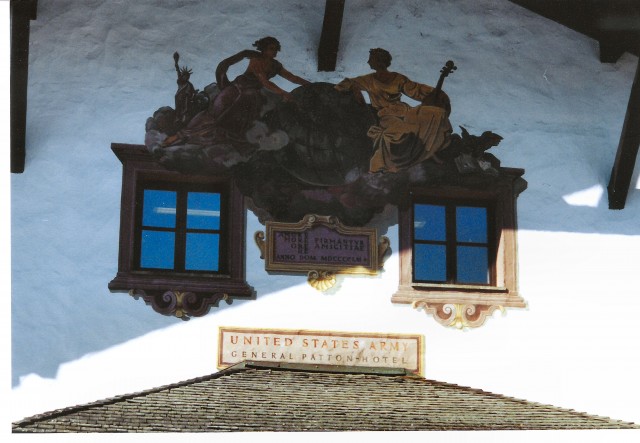
Ah, we were talking about the Patton Hotel. I have turned on the TV, Armed Forces Network, the continual droned warnings, wear a helmet on your mothercycle, don’t talk to East German spies, the usual.
It was heaven.
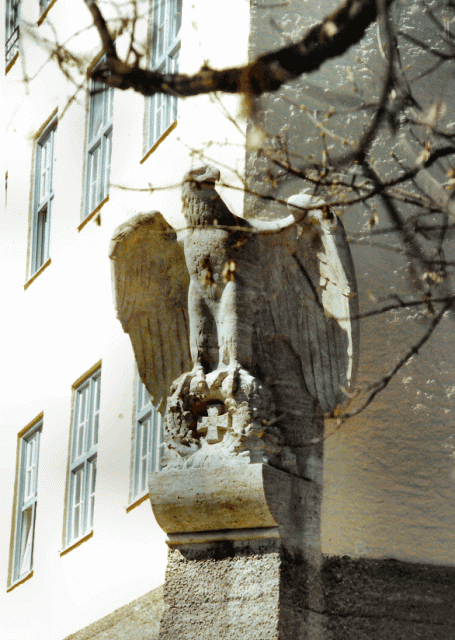
Hot water and a change of clothes, the door open onto the hall. You could see time move in reverse, SS officers pouring out into the hall, through the massive doors, everything substantial, Gothic, that Nazi touch.
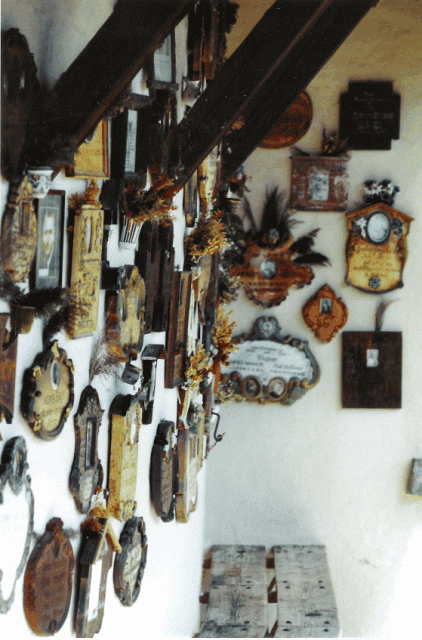
You could also feel the passing of Americans who, since the Korean War, had come to Garmisch. The feel of the Cold War was there too, so thick you could reach out and grab it.
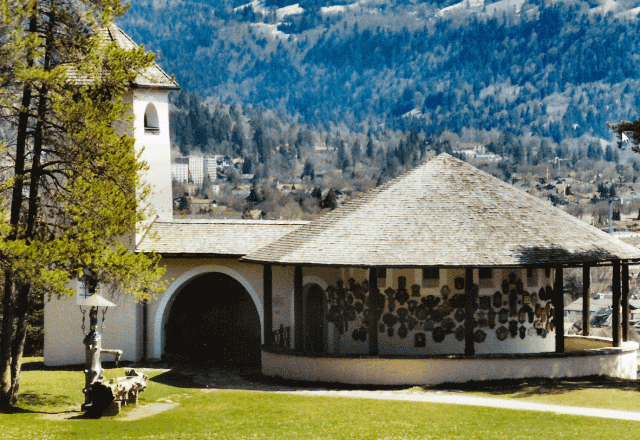
The doors into the dining room could have stopped an anti-tank round. A curious stair led to a small balcony above the dining room, rumored to have been used by Hiter and Himmler to address the SS. This was Himmler’s town, GESTAPO, SS, Himmler’s home next to the hotel, something few know and none would talk about anyway.
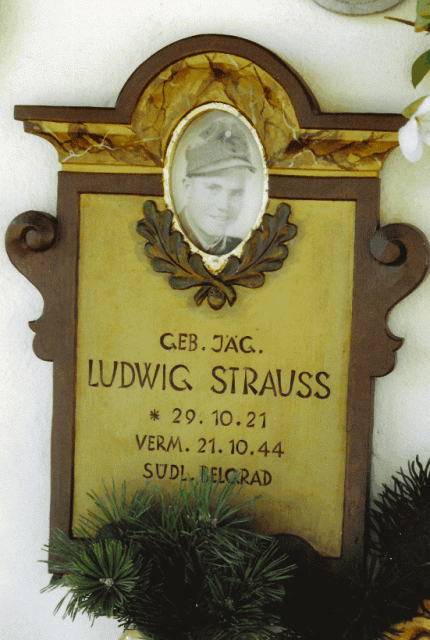
Martin Bormann, head of the Nazi party made sure Himmler and his “knuckle draggers” stayed out of Ober Salzburg where the party elite had their hunting lodges, on the hillsides beneath Hitler’s Eagle’s Nest. Garmisch was a backwater. Salzburg was Mozart territory, history, culture and baked goods. Garmisch was cows, lots of them, some inside people’s homes. Cow heat.
Garmisch was also America, in some ways more American than Berlin. Bavaria wasn’t always part of Germany. Conservative, religious, crime free, mountains, rivers, meadows, the last place on earth you would imagine anyone could have an extremist thought. Bavarians are also tough people, a place where retirement is spent walking the hills, do a couple of miles, stop at an Alm Hutte, formerly run by monks, now dotting the paths across the mountain sides, more than a dozen of them around Garmisch.
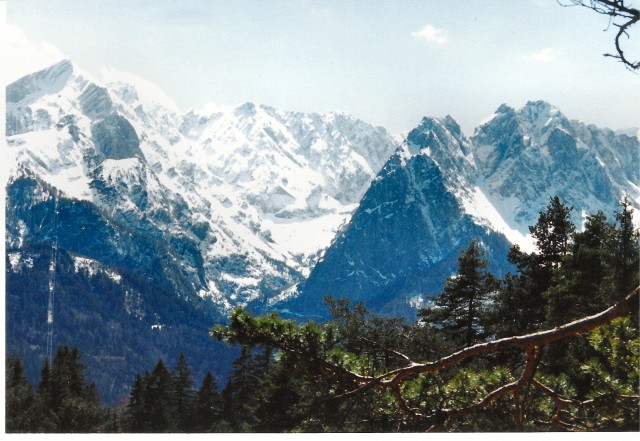
The idea is to be drunk enough to enjoy the walk but not too drunk as to get lost.
Food at the Patton was much better than at the newer Edelweiss with its military style buffets and casual dining restaurants. There are too many defense contractor conferences there. I would like to think the Patton’s food was better because it was all troops and the staff made the effort to see to it they had the best of everything.
I killed a week there on schnizel und spaetzele, pork chops and little dumplings. Ah, I remember, spaetzele mit emmenthaler. melted swiss cheese. The drive out of town, south toward Austria, through the Fern Pass toward Innsbruck then south, toward the Brenner Pass, “Brennero,” into Italy, past the forts, Austria-Hungary, Italy, rolling out onto the Po River plain and into the hills of Tuscany.
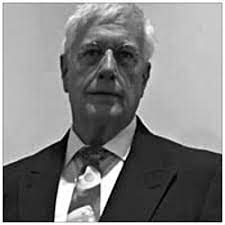
Gordon Duff posted articles on VT from 2008 to 2022. He is a Marine combat veteran of the Vietnam War. A disabled veteran, he worked on veterans and POW issues for decades.
Gordon is an accredited diplomat and is generally accepted as one of the top global intelligence specialists. He manages the world’s largest private intelligence organization and regularly consults with governments challenged by security issues.
Duff has traveled extensively, is published around the world, and is a regular guest on TV and radio in more than “several” countries. He is also a trained chef, wine enthusiast, avid motorcyclist, and gunsmith specializing in historical weapons and restoration. Business experience and interests are in energy and defense technology.
ATTENTION READERS
We See The World From All Sides and Want YOU To Be Fully InformedIn fact, intentional disinformation is a disgraceful scourge in media today. So to assuage any possible errant incorrect information posted herein, we strongly encourage you to seek corroboration from other non-VT sources before forming an educated opinion.
About VT - Policies & Disclosures - Comment Policy



